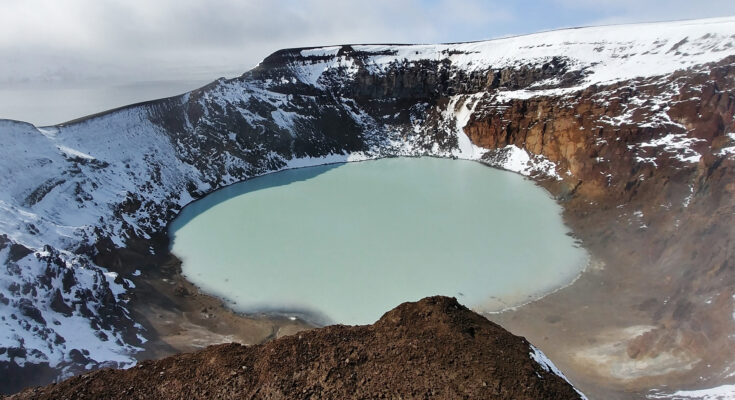Recent developments at Iceland’s Askja volcano have ignited both excitement and apprehension among experts as indicators of heightened volcanic activity emerge. Over the past two years, the land around Askja has risen by 70 cm, a telltale sign of a subterranean buildup of magma estimated at 20 million cubic meters. Geothermal lake Víti’s temperature surge this summer further deepens the intrigue.
Groundbreaking deformation measurements, utilizing GPS and InSAR technology, pinpoint the magma source approximately 2.5-2.9 km beneath Askja. This location remains consistent since September 2021. The shadow of history looms large; the last volcanic eruption in Askja occurred in 1961. Notably, the adjacent Holuhraun eruption of 2014-2015, just south of Askja, produced a lava field larger than Manhattan.
A pivotal debate brews among experts: will the impending eruption be characterized by flowing lava or a potentially disruptive ash cloud? The latter scenario recalls the 2010 Eyjafjallajökull eruption that halted European airspace. Askja itself harbors a record of past volatility, notably with a powerful 1875 explosion.
As scientists closely monitor the unfolding events, the specter of Askja’s dormant might resurfaces, prompting reflection on Iceland’s intricate dance with its geological past and an uncertain future.




